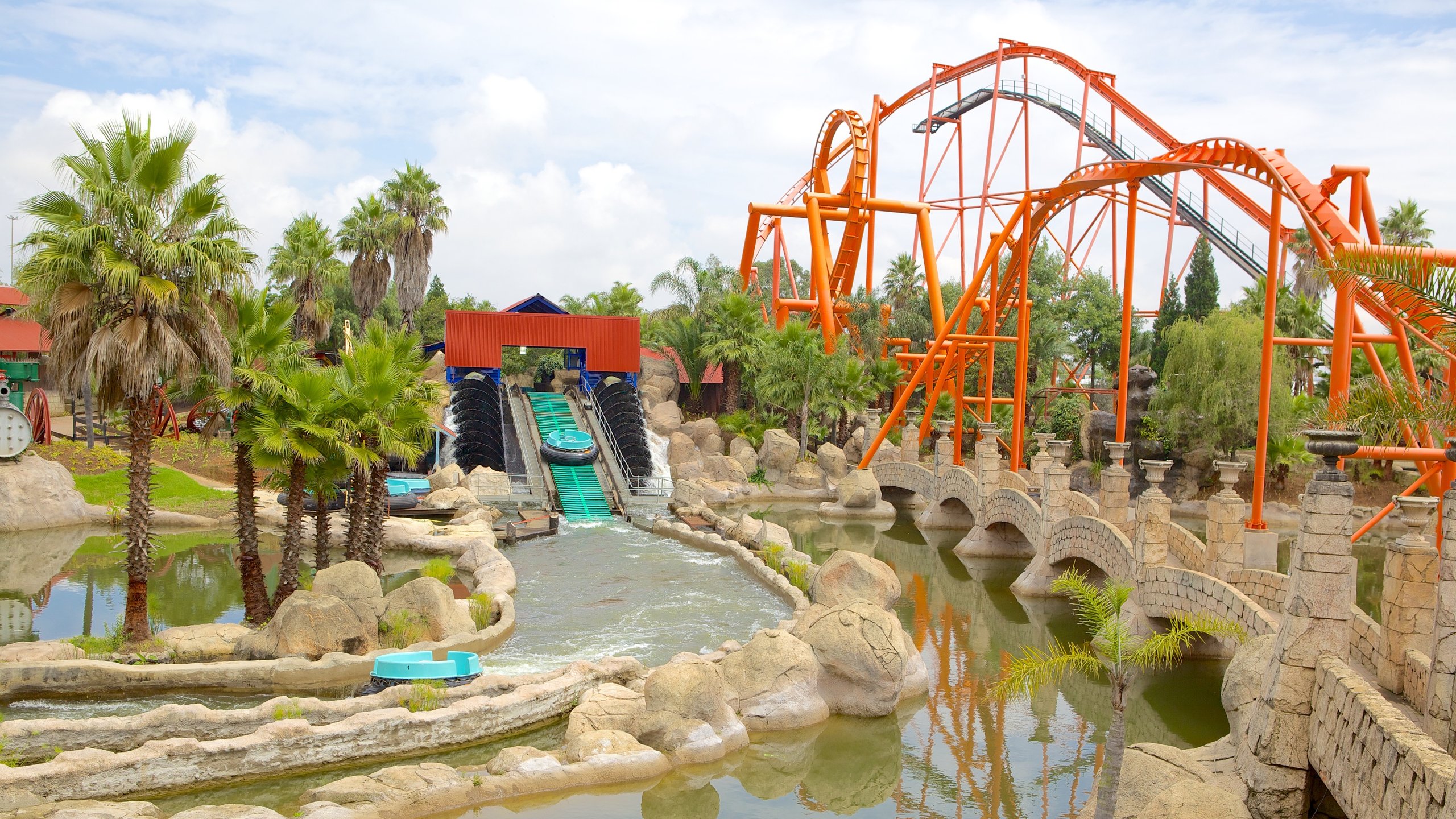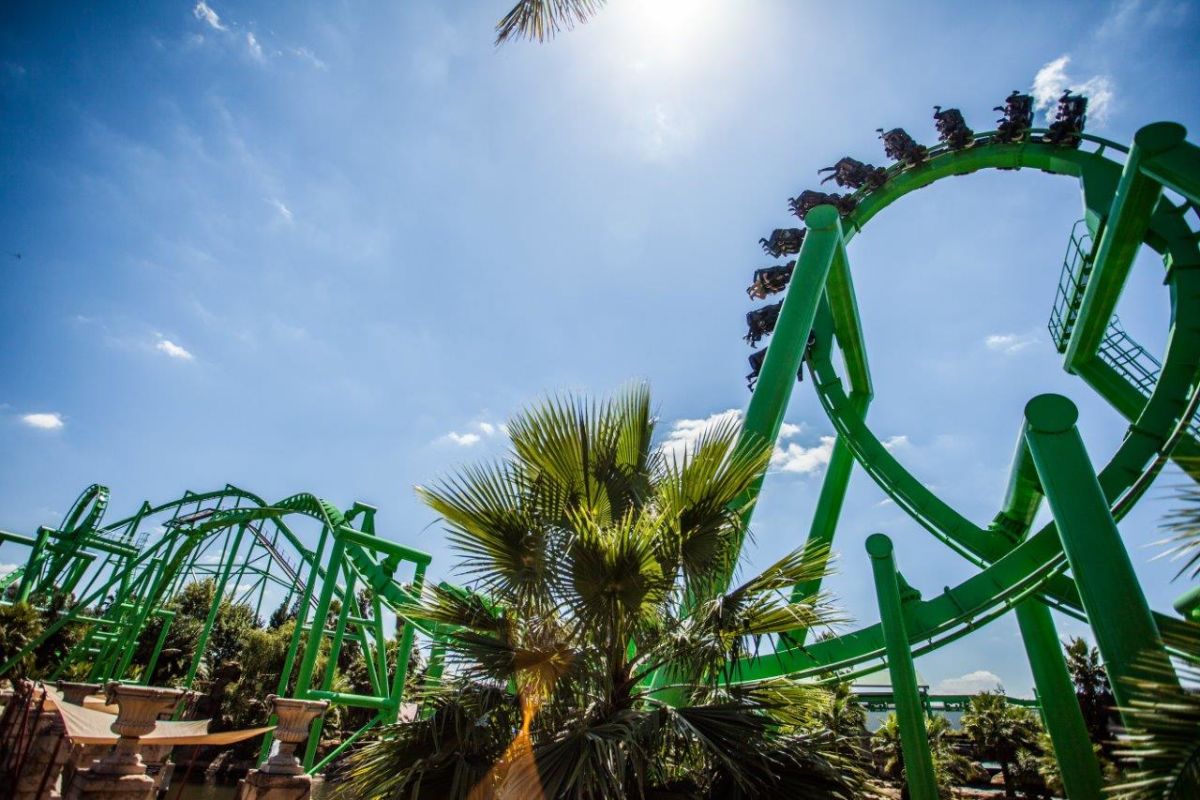The 5-Minute Rule for Johannesburg North Attractions
The 5-Minute Rule for Johannesburg North Attractions
Blog Article
Rumored Buzz on Johannesburg North Attractions
Table of ContentsLittle Known Questions About Johannesburg North Attractions.About Johannesburg North AttractionsThe Best Guide To Johannesburg North AttractionsThe 15-Second Trick For Johannesburg North AttractionsThe smart Trick of Johannesburg North Attractions That Nobody is Talking About4 Simple Techniques For Johannesburg North Attractions
The city expanded on the side of the Witwatersrand Key Reef, a subterranean stratum of gold-bearing quartz-silica empire that arcs for hundreds of miles below the Highveld - Johannesburg North attractions. Many of the gold mines in the city stopped operation in the 1970s, yet in its day the Witwatersrand gold market accounted for even more than 40 percent of the world's annual gold manufacturing.Johannesburg has a warm environment. Summer season temperatures balance regarding 75 F (24 C); winter season temperatures balance about 55 F (13 C) and just sometimes dip listed below freezing. The city takes pleasure in about 8 hours of sunlight each day in both wintertime and summertime. Rainfall standards regarding 28 inches (700 millimetres) per annum, but the overall varies significantly from year to year.
What rain the city obtains falls nearly specifically in the summer season, frequently in stunning late-afternoon electrical tornados. Air pollution presents a substantial problem, particularly in the winter season, when thermal inversions hamper the westward flow of air from the Indian Sea. Pollution is most serious in the largely settled Black areas on the city's perimeter, where many locals still rely upon coal for gas.

An Unbiased View of Johannesburg North Attractions
The balance of the city is occupied by whites. Lodging differs in personality and quality.
Physical growth, although rather restricted by transportation, continued swiftly as migration to South Africa, and Johannesburg particularly, enhanced substantially. This problem was resolved in the 1930s when the car was presented in automation to South Africa. Automobiles were, essentially, restricted to the affluent, and allowed them to relocate to the north of the city and commute right into the centre.
Most inadequate residential areas were combined, with poor blacks and whites living with each other, although the well-off suburbs were typically booked for whites. This transformed with the election of the National Party in the 1948 political elections, that began to formalise the system referred to as racism. Discrimination formally marked which suburban areas each race could live in under the Team Areas Act.
The previous system of eleven numbered areas was reorganised in 2006. Marshalltown, as seen from the top of the Carlton Centre. The M1 and M2 run behind the buildings, and the southerly suburbs expand past advice the highway border. The central city of Johannesburg is located within the city's Region F. The number of people living in the inner city on an informal basis is unidentified, as several are illegal immigrants. The unemployment, education and learning, and age accounts of the location are all unidentified, due to the difficulty of acquiring trustworthy details about the area.
6 Easy Facts About Johannesburg North Attractions Described
Centred on the CBD, the region includes the suburban areas of Yeoville, Bellevue, Troyeville, Jeppestown, and Berea to the east. To the west it infects Pageview (Johannesburg North attractions) and Fordsburg. There are small industrial areas to the south, such as City West-Denver and Benrose. Around 800,000 commuters travel through the central city each day, and it functions as a regional purchasing node for site visitors from the southern suburbs. Yeoville and Bellevue have a mix of house buildings and solitary household systems on little lots. The area lies on a mountainous divide that ranges from eastern to west. The most obvious geographic function is Observatory Ridge, which is named for the huge observatory situated on it. The recreational rooms are no more utilized, due to security issues.

Rumored Buzz on Johannesburg North Attractions
The eastern residential areas are some of the oldest areas of Johannesburg, there are big communities of Jewish and various other European backgrounds, the bulk of the population is English talking. There are three golf courses as well as a number of safeguarded ridges with viewsites.
The area is primarily made up of old "matchbox" houses, or four-room homes built by the federal government, that were built to give cheap holiday accommodation for black workers throughout apartheid. Soweto is an acronym, standing for "South Western Townships". Road after street in this field is lined with matchboxes; however, there are a few smaller sized areas where flourishing Sowetans have developed residences that are much more comparable in stature with those in more affluent suburban areas.
Hostels are an additional noticeable physical function of Soweto. Initially built to house male migrant workers, several have been enhanced as houses for couples and households. The N1 Western Bypass skirts their website the eastern limit of Soweto. The residential area was not historically enabled to produce work centres within the location, so almost all of its citizens are travelers to various other components of the city.
Everything about Johannesburg North Attractions
The domestic locations in the north suburbs are mostly formal, with no substantial areas of casual real estate, or real estate that lacks a long-term framework. This is a well established area, there is a pattern of land usage adjustment from household to business, particularly along major arterial roadways and around well-known nodes.
Roads to the eastern and west are much less well developed, as there check are no highways travelling in that direction. In the direction of the north border of the city, the density of growth reduces, leaving big locations of undeveloped land around Midrand.
The Main Principles Of Johannesburg North Attractions
, which is located on a hillside neglecting the inner city and Hillbrow.
Report this page